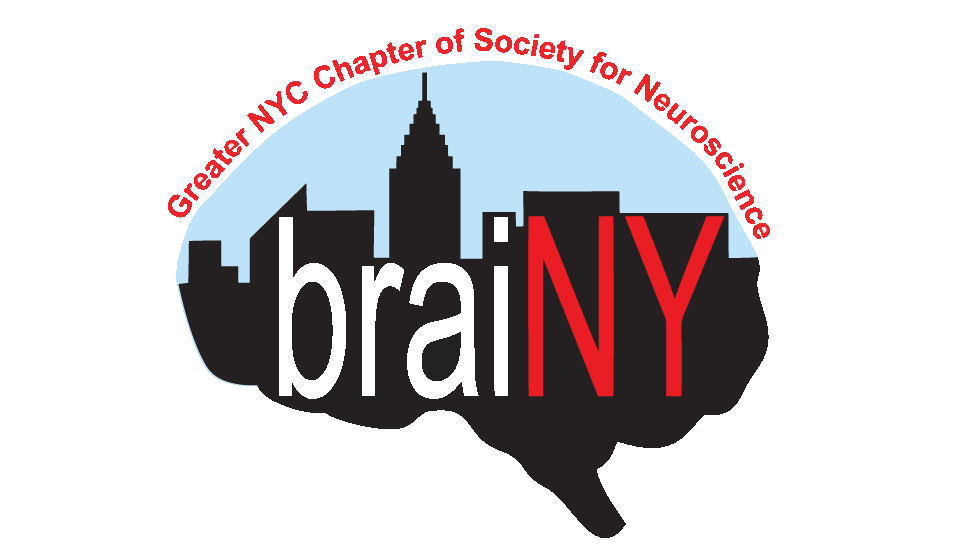Autism in Girls: Misunderstood and Overlooked
By Tasnim Sumaita
Boys are four times more likely to be diagnosed with Autism spectrum disorder (ASD)––but to what extent of this ratio is due to misdiagnosis? Studies on Autism spectrum disorder have historically included three to six times as many males as females, such that the genetic differences in how autism presents itself in different sexes are largely understudied. As a result of the ASD diagnosis model being male, the assessment of ASD in women is often inaccurate and does not account for genetic differences in behavior and implicit bias in healthcare professionals.
Autism spectrum disorder is a complex and nuanced neurodevelopmental disorder that is lifelong. The Diagnostic Statistical Manual of Mental Disorders (DSM-5) defines the diagnostic criteria for ASD as repetitive and restrictive behavior––such as limited and intense interests, inflexibility with routine, and repetitive motions called stimming––and social and communication deficits––such as difficulty recognizing and understanding social cues, and under or over reaction to sensory stimuli.
Researchers have been examining the severity of autism symptoms between boys and girls to better understand how to adjust the diagnosis model for ASD. According to Vinod Memon, PhD, professor of psychiatry and behavioral sciences: “Girls and boys with autism differ in their clinical and neurobiological characteristics.” The Autism Brain Imaging Data Exchange included structural MRI brain scans of 25 autistic boys, 25 autistic girls, 19 typically developing boys, and 19 typically developing girls, in which the individuals in each group were matched for age and IQ. It was discovered that the girls exhibited less severe repetitive and restrictive behaviors than the boys did, and were matched around equally with every other symptom.
Brain-scan analyses revealed several differences in brain structure between boys and girls, consistent with previous findings. Autistic children generally have differences in the motor cortex, supplementary motor area, and a portion of the cerebellum, which affects motor function and planning of motor ability, a large component of repetitive motions such as hand-flapping. The researchers found that the pattern of gray matter in this region varied between boys and girls, contributing further to the conclusion that the main genetic difference between genders in ASD diagnosis is a difference in repetitive and restrictive behaviors.
Alongside autistic girls typically presenting less severe repetitive and restrictive behaviors, they are considered overall to have a “quieter” presentation. However, this may be a result of growing up with societal standards particular to girls which forces them to “mask”. Masking is a social survival strategy typically presented by autistic women that is defined as hiding behavior that may be deemed socially unacceptable and instead performing behaviors that are deemed socially acceptable, even at the expense of one’s comfort. Masking behaviors can include forcing eye contact in conversation, preparing jokes and learned phrases in advance, imitating learned facial expressions and gestures, and learning and following social scripts. While masking can contribute to making friends and improving social status, it is often at the cost of “burnout”: the long term psychological exhaustion of constantly imitating neurotypical behavior, which is concurrent with other mental health issues such as depression and anxiety.
Another reason why autism in girls is often overlooked is because of healthcare professionals who are unwilling to look deeper and consider ASD as a diagnosis for young girls. Melissa, a mother of young diagnosed autistic children Lisa and Justin, had to fight to get Lisa’s ASD diagnosis for three years whereas Justin was diagnosed by the first clinician he saw, despite Lisa presenting significantly more obvious symptoms––she exhibited significant language delay, several meltdowns a day, repetitive behaviors, and an inability to handle change in routine. Melissa explains that Lisa’s clinician “didn’t believe autism was common in girls” and was even told that Lisa “just had low self-esteem and that’s why she didn’t speak...We were never told those things about my son.” Clinicians can often overlook autistic traits in girls by simply deeming them feminine or eccentric: a girl with a hyperfixation on more feminine interests, such as horses or dolls, may be brushed off whereas a boy with a hyperfixation on more masculine interests, such as dinosaurs or trains, may encourage further examination.
Autism can often be comorbid with or mistaken for other neurodivergence and mental illnesses such as ADHD, OCD, depression, anxiety, and eating disorders, which can similarly delay an ASD diagnosis. Dr. Susan F. Epstein, PhD, clinical neuropsychologist explains that undiagnosed autistic girls often develop other mental illnesses and that clinicians often do not “really dig underneath to see the social dysfunction caused by autism.” Other diagnoses tend to cover up and distract clinicians from noticing autism lying beneath. Wendy Nash, MD, a child and adolescent psychiatrist, adds that autistic girls are often misdiagnosed with ADHD who “meet the criteria for autism” but have “hyperactivity without as much social impairment, so the autism is missed.”
Undiagnosed autism in girls can lead to a plethora of mental health problems as a result of the long-term stress of constantly performing for a neurotypical society. The longer one goes without a diagnosis, the longer they may go feeling ostracized from their peers––Liane Holliday Willey, a late-diagnosed autistic woman, recalls how she spent her whole life “pretending to be normal,” resulting in high levels of stress, anxiety, and chronic exhaustion. Without a diagnosis, these people will not have access to the resources and adaptations they need to live a life free of chronic stress. Clinicians and doctors are exploring how the difference in ASD presentation in girls versus boys will affect the ASD diagnostic model and treatment in the future. But firstly, autistic girls must know that they deserve to be accepted as they are, with their divergences from the people around them.
Tasnim is a senior at the High School for Math, Science, and Engineering at the City College of New York. She is currently researching the molecular mechanisms controlling epithelial stem cell development at the Icahn School of Medicine at Mount Sinai, yet has a dual interest in psychiatry: specifically how race and gender influence the diagnosis and treatment of mental disorders. While she pursues her interest in the sciences, Tasnim is the head of Dr. Dragon, the school's STEM magazine, which serves to educate students about new and exciting developments in various STEM fields. In her free time, she loves to bake, hang out with her backyard flock of chickens, and create art, be it through illustration, painting, or digital design.
Edited by Denise Croote, PhD

